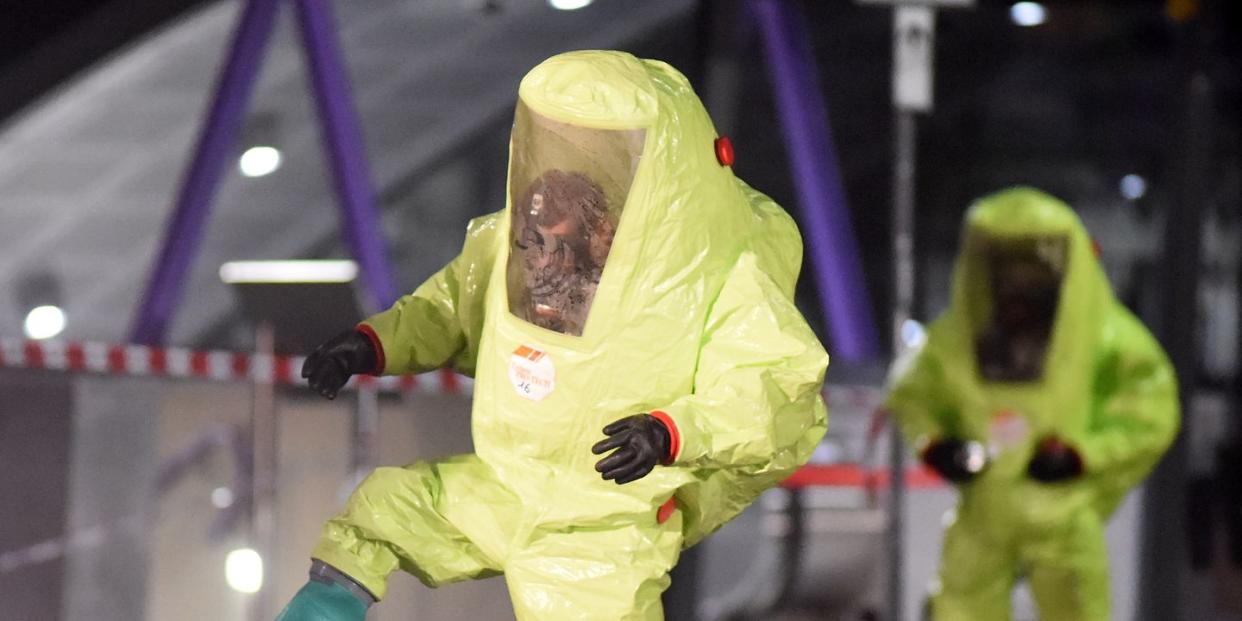DARPA's Next-Gen Environmental Suits Could Be Inspired by Shark Skin

Existing chemical and biological warfare suits are difficult to wear and lack some protective features.
DARPA wants to eliminate the bulk in chemical and biological warfare suits, giving those that wear them greater freedom of improvement.
The agency cites shark skin as one possible solution for solving the problem of protecting wearers from microscopic weapons.
The Pentagon’s research arm wants a better suit for those responding to chemical and biological warfare attacks. The Defense Advanced Research Projects Agency, or DARPA, says it wants a less clumsy suit that does an even better job of protecting soldiers, first responders, and researchers from deadly biological and chemical weapons. The suit could even draw inspiration from nature, including shark skin.
Current chemical and biological warfare suits are big and bulky. DARPA’s notice cites the U.S. government’s response to Ebola outbreaks in Africa in 2014 and 2017, when it took six hours of an eight hour work day to put on, take off, and decontaminate existing suits. That, the agency pointed out, left only two hours for the wearer to spend time with patients.
The agency wants a new suit that does two things. The first is that the suit should prevent direct contact between the wearer and the microscopic baddies, forming a physical barrier. The second is that the suit should neutralize agents that penetrate the barrier and reach the skin, eyes, mouth, and nose. The suit should neutralize at least two chemical or biological threats simultaneously.
DARPA suggests some of the technology could take its cues from nature. “Shark skin’s inherent antifouling capabilities,” the agency explained, “can be harnessed by mimicking the shark skin-texture on a wide variety of materials for antimicrobial applications. Further, bacterial communities that currently live in the human body can sense and respond, protecting against environmental bacterial and fungal infection.”
According to the contract opportunity notice, the suit should protect against a wide variety of chemical and biological threats. On the chemical side, it should keep the user safe from agents such as chlorine gas, ammonia, gas, mustard gas, and organophosphate poisons such as GB and VX. Bacterial protection should extend to anthrax and MRSA, while viral protection should keep influenza, rhinoviruses, and hemorrhagic fevers such as Ebola. Finally, it should provide protection from chemical horrors such as ricin, botulism, and synthetic opioids.
Proposals from industry are due in early 2020, with the agency working with the winner later to create a wearable technology demonstrator by 2025.
Source: NextGov
You Might Also Like

